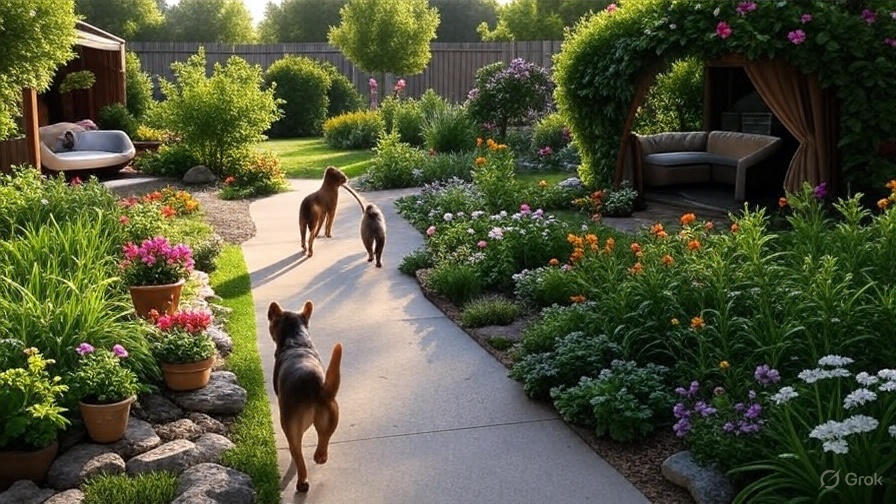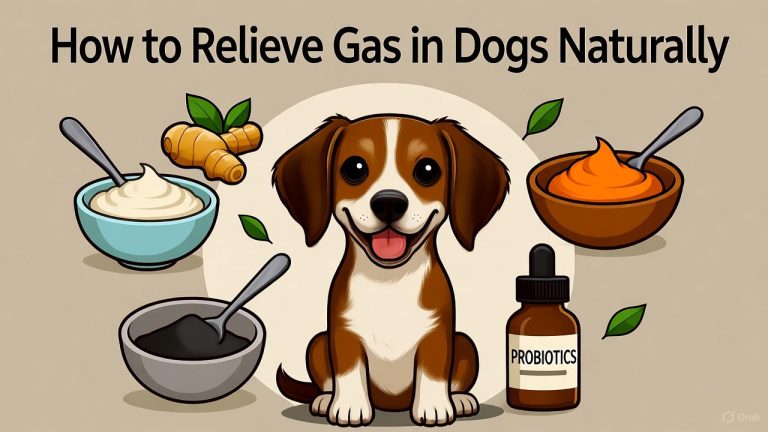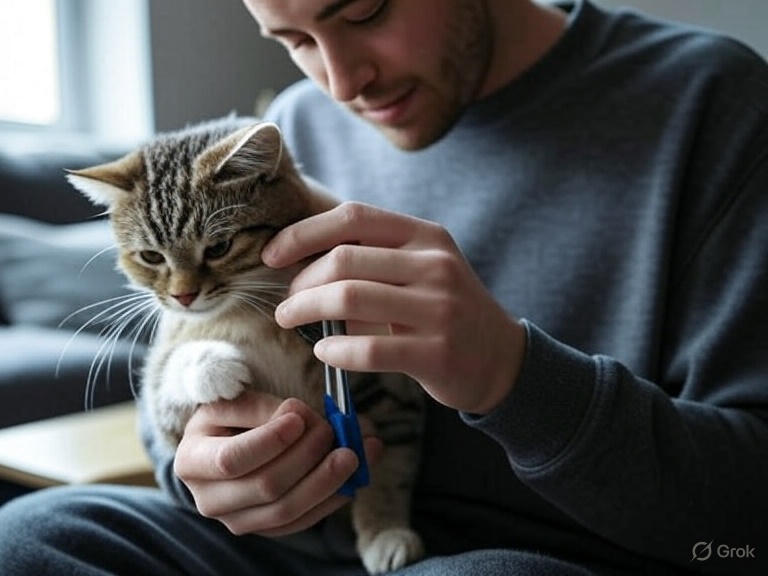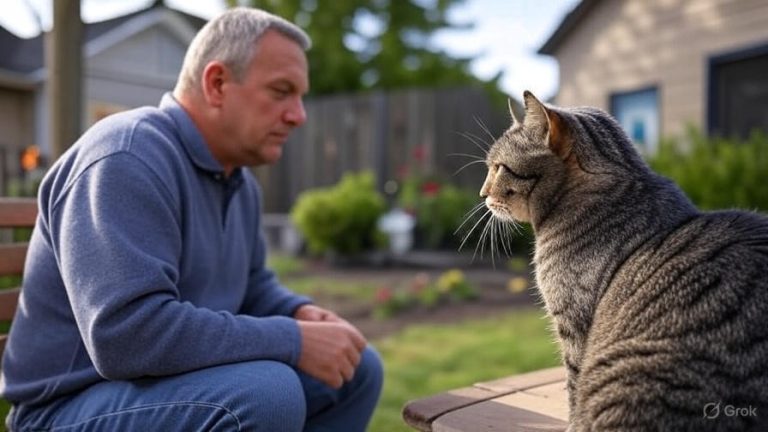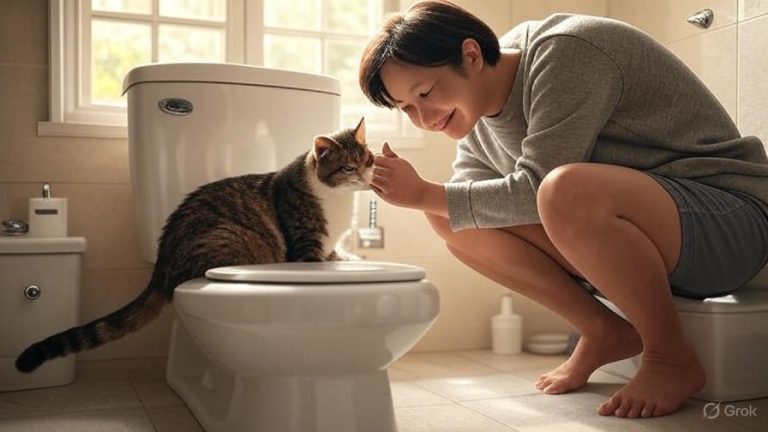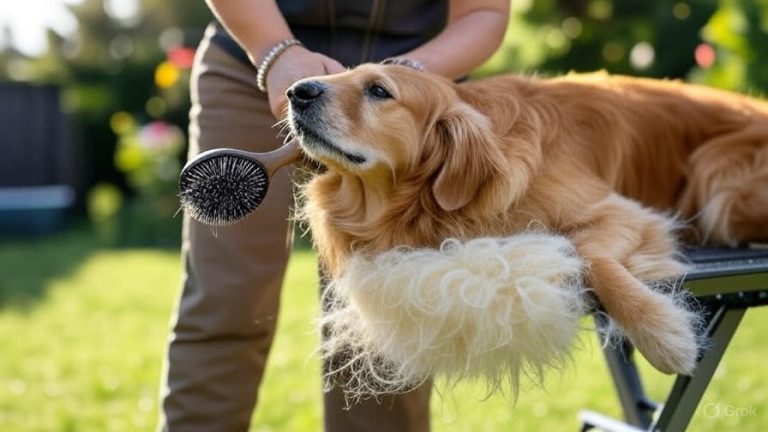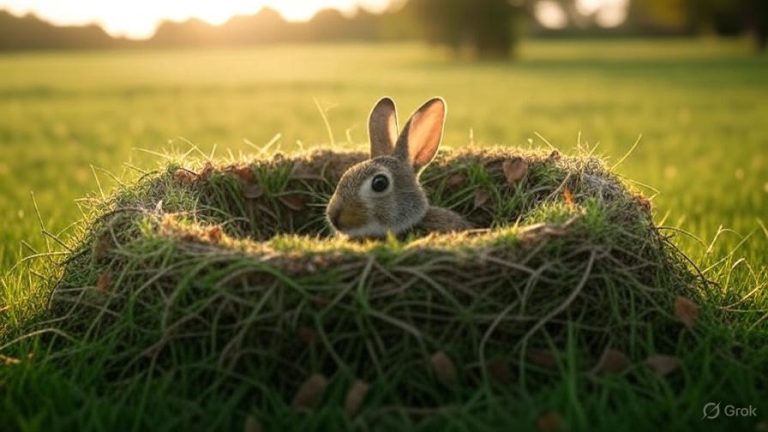How to Create a Pet Friendly Garden?
Creating a garden that welcomes both plants and pets requires careful planning and smart decisions. Pet owners face unique challenges when designing outdoor spaces that satisfy their gardening dreams while keeping their furry friends safe and happy. This comprehensive guide walks you through every step of building a pet-friendly garden that thrives.
Why Pet Safety Matters in Garden Design
Every year, thousands of pets suffer from plant poisoning, garden chemical exposure, and outdoor injuries. Your beloved dog or cat sees the garden as their personal playground, not a carefully curated landscape. They dig, chew, roll, and explore every corner of your outdoor space.
Smart garden planning prevents accidents before they happen. Pet-safe gardening protects your animals while preserving the beauty and functionality of your outdoor sanctuary. The investment in pet-friendly design pays off through reduced veterinary bills and peace of mind.
Planning Your Pet-Safe Garden Layout
Start your pet-friendly garden design by observing your pet’s natural behaviors. Dogs love to patrol boundaries, create favorite resting spots, and follow established paths. Cats prefer elevated perches, hidden spaces, and areas with soft soil for their bathroom needs.
Divide your garden into distinct zones that serve different purposes. Create dedicated play areas with durable surfaces that withstand heavy foot traffic and digging. Designate quiet retreat spaces with comfortable shade and shelter options. Plan pathways that guide pets naturally through the garden while protecting delicate plantings.
Consider your pet’s size and energy level during the design process. Large, active dogs need more space and stronger barriers than small, gentle cats. Senior pets require easy access routes and comfortable surfaces, while young animals need extra safety precautions.
Safe Plants That Pets and Gardens Love
Building a pet-safe plant collection starts with research and smart shopping. Many gorgeous plants pose no threat to curious pets while adding beauty and function to your garden space. Focus on non-toxic options that match your climate and growing conditions.
Popular pet-safe flowering plants include sunflowers, marigolds, zinnias, and snapdragons. These colorful annuals provide season-long blooms while staying completely safe if your pet decides to sample the petals. Perennial options like coneflowers, black-eyed Susans, and bee balm return year after year with minimal maintenance.
Herbs make excellent pet-friendly additions to any garden. Basil, cilantro, dill, and parsley grow easily while remaining safe for pets. Some herbs like rosemary and thyme actually repel certain pests naturally, providing dual benefits for your garden ecosystem.
Vegetable gardens can absolutely coexist with pets when you stick to safe varieties. Carrots, lettuce, spinach, cucumbers, and green beans pose no danger to pets and often attract them with interesting smells and textures. Avoid tomato plants, onions, and garlic, which contain compounds harmful to pets.
Trees and shrubs form the backbone of pet-safe landscapes. Dogwood trees, magnolias, and fruit trees like apple and pear create beautiful focal points without toxicity concerns. Butterfly bush, lilac, and forsythia provide gorgeous spring blooms that won’t harm curious pets.
Dangerous Plants Every Pet Owner Must Avoid
Certain plants should never enter a pet-friendly garden, regardless of their beauty or popularity. These toxic varieties can cause serious illness or death if ingested by pets. Remove existing dangerous plants immediately and avoid purchasing them in the future.
Lilies rank among the most dangerous plants for cats, causing kidney failure even from small exposures to pollen or water from lily arrangements. All lily varieties pose serious threats, including Easter lilies, tiger lilies, and daylilies.
Azaleas and rhododendrons contain toxins that affect the heart and nervous system in both dogs and cats. These popular landscaping shrubs cause vomiting, diarrhea, weakness, and potentially fatal complications. Even honey made from azalea flowers can poison pets.
Sago palms might look like harmless tropical plants, but every part contains deadly toxins. Seeds prove especially dangerous, causing liver failure and death in dogs who chew on fallen palm nuts. This plant has no place in pet-friendly landscapes.
Oleander produces beautiful flowers but contains cardiac glycosides that affect heart rhythm. Even small amounts can cause serious poisoning in pets. Foxglove, another heart-affecting plant, should also stay out of pet gardens despite its cottage garden appeal.
Bulb plants like tulips, daffodils, and hyacinths store toxins in their underground storage organs. Dogs who dig up and eat flower bulbs often experience severe digestive upset and other poisoning symptoms.
Creating Safe Play Areas for Active Pets
Active pets need dedicated spaces where they can run, play, and explore without damaging your garden or harming themselves. Design these areas with durability and safety as top priorities.
Install artificial turf or natural grass in high-traffic play zones. These surfaces provide comfortable footing while withstanding heavy use from energetic pets. Avoid gravel, mulch, or other loose materials that pets might eat or that could injure their paws.
Build raised garden beds to protect delicate plants from trampling and digging. Use materials like cedar, composite lumber, or stone to create attractive barriers that define planting areas while giving pets clear boundaries. Make beds at least 18 inches high to deter most digging attempts.
Provide engaging activities that redirect destructive behaviors into positive outlets. Install scratching posts for outdoor cats, digging pits filled with sand for dogs who love to excavate, and agility equipment for active pets who need mental stimulation.
Water features add interest while providing drinking opportunities for pets. Install shallow fountains, dripping water elements, or simple bowls with circulating water. Avoid deep ponds or pools that could pose drowning risks, especially for small pets or poor swimmers.
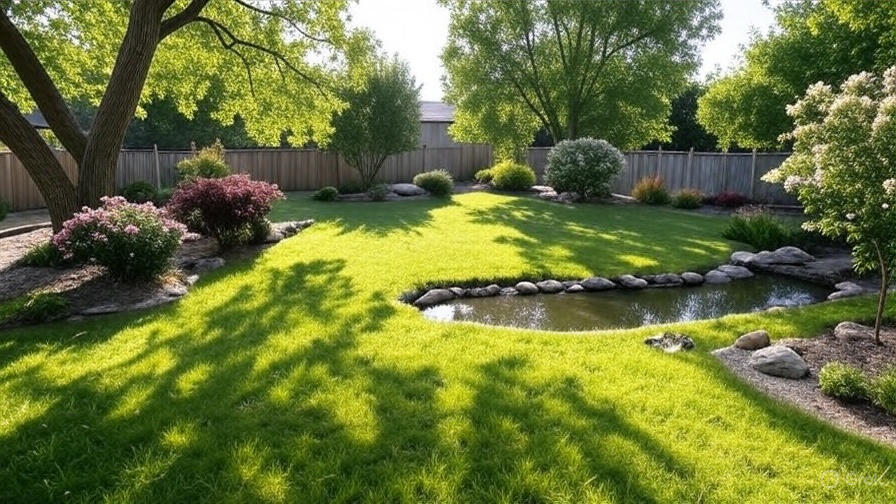
Pet Bathroom Solutions in Garden Settings
Every pet-friendly garden needs designated bathroom areas that stay clean, odor-free, and separate from food growing areas. Plan these spaces carefully to maintain garden hygiene while meeting your pet’s natural needs.
Create a dedicated dog run using gravel, wood chips, or artificial turf that drains well and cleans easily. Position this area away from vegetable gardens and outdoor entertaining spaces. Install proper drainage to prevent standing water and odor buildup.
Cat owners benefit from outdoor litter areas using soft, diggable materials like sand or fine mulch. Place these spots in quiet, partially hidden locations where cats feel secure. Regular cleaning prevents odor problems and maintains garden aesthetics.
Consider installing pet waste disposal systems for easy cleanup. Compost bins designed specifically for pet waste, enzyme-based disposal units, or simple waste collection systems keep gardens clean while being environmentally responsible.
Fencing and Boundary Solutions
Proper fencing protects pets while defining garden boundaries and creating privacy. The right fence system depends on your pet’s size, jumping ability, and escape tendencies.
Wooden privacy fences work well for most dogs while providing complete backyard enclosure. Build fences at least 6 feet high for jumping breeds and bury the bottom edge several inches to prevent digging escapes. Regular maintenance keeps wooden fences secure and attractive.
Chain link fencing offers durability and visibility while containing pets effectively. Add privacy slats or plant climbing vines to improve aesthetics. Check regularly for sharp edges or loose sections that could injure pets.
Invisible fence systems provide containment without blocking views but require training and ongoing maintenance. These systems work best for well-trained dogs and may not suit all pet personalities or situations.
For garden beds within fenced yards, use decorative border fencing to protect plants without creating harsh visual barriers. Low picket fences, wire garden edging, or living hedges can guide pet traffic while maintaining open sight lines.
Safe Garden Maintenance Practices
Maintaining a pet-friendly garden requires different approaches than traditional gardening methods. Every product and practice should consider potential pet exposure and safety.
Replace chemical fertilizers with organic alternatives like compost, bone meal, or kelp-based products. These natural options nourish plants while posing minimal risks to pets who might walk through treated areas or eat grass.
Organic pest control methods protect both plants and pets from harmful chemical exposure. Use beneficial insects, companion planting, neem oil, and diatomaceous earth instead of synthetic pesticides. Hand-picking pests and using physical barriers often prove just as effective as chemicals.
Store all garden tools and supplies in locked sheds or cabinets where curious pets cannot access them. Even pet-safe products can cause problems if consumed in large quantities. Sharp tools pose obvious injury risks to unsupervised pets.
Time garden maintenance activities when pets are indoors or in other areas of the yard. This prevents pets from interfering with work while avoiding exposure to freshly applied products, even safe ones.
Seasonal Pet Garden Care
Each season brings specific challenges and opportunities for pet-friendly garden maintenance. Adapting your care routine to seasonal changes keeps pets safe year-round.
Spring preparation includes removing winter damage, checking fence integrity, and planning new plantings with pet safety in mind. This season also brings increased pest activity, requiring vigilant monitoring for pet-safe control methods.
Summer heat creates unique challenges for pets in garden spaces. Provide multiple water sources, adequate shade, and check surfaces for excessive heat that could burn sensitive paw pads. Hot pavement, decking, and metal surfaces can cause serious injuries.
Fall cleanup should remove toxic fallen leaves, secure loose items that could blow around, and prepare water features for winter. Some pets enjoy playing in leaf piles, so ensure only safe tree leaves get included in these fun activities.
Winter protection involves covering sensitive plants, storing seasonal items safely, and maintaining ice-free walking areas for pet safety. Some pets love snow play, while others need encouragement to venture outside in cold weather.
Common Pet Garden Problems and Solutions
Even well-planned pet gardens face occasional challenges. Understanding common problems and their solutions helps maintain harmony between pets and plants.
Digging ranks as the most frequent pet garden complaint. Dogs dig for entertainment, to bury treasures, to create cool resting spots, or simply out of boredom. Redirect digging behavior by providing designated digging areas with soft soil or sand. Bury treats or toys in these approved spots to encourage proper digging locations.
Plant damage from pets can frustrate gardeners but usually stems from boredom, lack of training, or attractive plant characteristics. Protect valuable plants with decorative barriers while providing pets with appropriate activities and training. Some plants actually benefit from light trampling, creating opportunities for pet-plant coexistence.
Waste management becomes more challenging in garden settings than typical yard situations. Establish clear cleanup routines and provide adequate disposal options. Regular waste removal prevents odor buildup and reduces fly populations that bother both pets and humans.
Escape attempts often indicate that pets find the current space boring or inadequate for their needs. Improve garden interest with new activities, better exercise opportunities, or environmental enrichment before simply adding higher fences.
Budget-Friendly Pet Garden Solutions
Creating a pet-friendly garden doesn’t require enormous expenses or complete landscape overhauls. Smart shopping and DIY projects can transform any outdoor space affordably.
Start with free plants from friends, neighbors, or plant swaps. Many gardeners gladly share divisions from perennials or cuttings from established plants. Research each plant’s pet safety before accepting gifts, but free plants often provide excellent starting points for new gardens.
Build raised beds using reclaimed materials like old boards, bricks, or concrete blocks. These materials often cost less than new lumber while providing identical functionality. Check construction sites, renovation projects, or online marketplaces for affordable building supplies.
Create pathways using inexpensive materials like wood chips, gravel, or stepping stones made from concrete poured into purchased or homemade molds. These surfaces guide pet traffic while protecting plants, all at reasonable costs.
Make your own organic fertilizers and pest control solutions using kitchen scraps, common household items, and natural ingredients. Compost piles turn garbage into garden gold while banana peels, coffee grounds, and eggshells provide plant nutrients for free.
Conclusion
Building a pet-friendly garden rewards both you and your furry companions with years of safe outdoor enjoyment. The initial planning and plant selection process requires research and careful decision-making, but the results create spaces where pets can explore freely while gardens flourish.
Start small with one area or a few key changes rather than attempting complete garden transformation immediately. Observe how your pets interact with new elements and adjust plans based on their behaviors and preferences. Every garden and pet combination is unique, requiring personalized solutions that evolve over time.
Remember that pet-friendly gardens can be just as beautiful, productive, and satisfying as traditional designs. The restrictions on certain plants open opportunities to discover new varieties and design approaches you might never have considered otherwise. Many gardeners find that pet-safe gardening improves their skills and creativity while strengthening the bond with their beloved animals.
Your pet-friendly garden will provide countless hours of shared enjoyment, creating memories and experiences that enrich both your lives. The investment in safe design pays dividends through reduced stress, lower veterinary costs, and the simple joy of watching your pets enjoy their outdoor sanctuary alongside your thriving plants.

